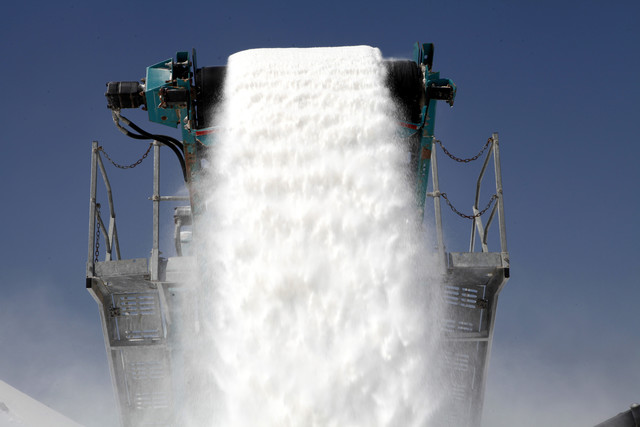With droughts in Southwest and Western United States, potash investors start thinking about its possible impact on the fertilizer market. On the one hand, there is less production of crops in a drought-hit location, which in turn means lack of supply pushing up the commodity price up. On the other hand, a higher price also means that “the profitability of the farmers who can produce in a drought or who are not close by goes up”, according to Sid Himmel of IC Potash. Thus, although droughts are not too good for farmers, they tend to be good for fertilizer investors. Moreover, the farmers who are not suffering from the drought have more economic incentives to use more fertilizers, which usually increases the price of the fertilizer.
Prices of muriate of potash (MOP) tend to go up when droughts affect crops, mainly corn. When droughts affect fruit and vegetable crops, prices of sulphate of potash (SOP) increase. SOP also tends to be at all-time highs of around 750 USD per metric ton while MOP prices are about 450 USD per metric ton. The price premium of SOP is driven by the fact that SOP is a premium fertilizer but also because it has been in shortage for the last two years.
Current droughts in the Southwest and Western United States cause concerns particularly in fruits and vegetables markets as California provides 50 percent of all fruits, vegetables, and nuts consumed in the United States. Moreover, water providers at both federal and state level have decreased supply to agricultural areas making farmers leave vast parts of land unplanted. Farmers are therefore searching for any measures that could help them tackle drought including fertilizers. Although the 2014 drought is harsh, it is not an isolated event. Investors do want to keep an eye on the developments in the potash market as well as stockpiles of the most important fertilizer ingredients. As agriculture-based US states face droughts more often, the demand for fertilizers is expected to go up.




